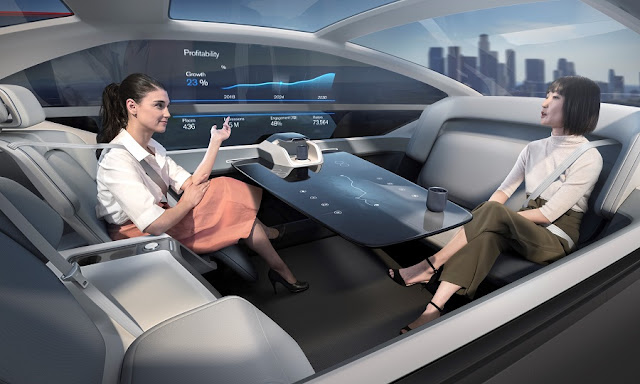Revolutionizing Micro-Mobility: A Charge Towards a Sustainable Future
 |
Micro-Mobility Charging Infrastructure Market |
A) Market Overview: The global micro-mobility charging infrastructure market is estimated to be valued at US$ 4,280.5 million in 2022 and is projected to witness a remarkable CAGR of 20.57% from 2023 to 2030, as highlighted in a new report published by Coherent Market Insights. This market primarily focuses on providing charging solutions for the emerging micro-mobility sector, including electric bikes, scooters, and other small electric vehicles. The demand for efficient charging infrastructure is driven by the growing adoption of electric micro-mobility solutions, their environmental benefits, and the need for sustainable transportation alternatives.
B) Market Key Trends:
One key trend in the micro-mobility charging infrastructure market is the integration of renewable energy sources. The increasing emphasis on sustainability has led to a rise in the use of renewable energy for charging electric vehicles. For instance, companies like Flower Turbines are introducing wind-based chargers to harness clean energy for micro-mobility vehicles. This trend not only ensures greener transportation but also reduces reliance on conventional power sources, making charging infrastructure more eco-friendly and cost-effective.
C) Porter's Analysis:
- Threat of New Entrants: The threat of new entrants in this market is relatively low due to the high cost and complexity associated with establishing a charging infrastructure network. Existing players have a first-mover advantage and extensive experience which acts as a barrier to entry.
- Bargaining Power of Buyers: As the adoption of micro-mobility solutions increases, buyers gain more leverage to negotiate favorable pricing and quality services from charging infrastructure providers. This drives competition among infrastructure providers and promotes customer-centric offerings.
- Bargaining Power of Suppliers: Suppliers of charging equipment have moderate bargaining power as demand for quality charging infrastructure rises. However, the market offers opportunities for strategic partnerships between charging infrastructure providers and equipment suppliers to meet the growing demand.
- Threat of New Substitutes: The threat of new substitutes is minimal as the market primarily caters to the charging needs of micro-mobility vehicles. However, technological advancements might bring disruptive changes, such as advancements in battery technology or alternative charging solutions.
- Competitive Rivalry: Competition in the micro-mobility charging infrastructure market is increasing as more players enter the industry. Key players are focusing on innovation, partnerships, and expanding their geographical presence to gain a competitive edge.
D) Key Takeaways:
- The global Micro-Mobility Charging Infrastructure Market Size is expected to witness high growth, exhibiting a CAGR of 20.57% over the forecast period. This accelerated growth can be attributed to increasing concern for environmental sustainability and the rising adoption of electric micro-mobility solutions.
- In terms of regional analysis, North America is expected to dominate the market due to the presence of major players and increasing initiatives by governments to promote clean transportation. Asia Pacific is projected to be the fastest-growing region, fueled by rising urbanization, government incentives, and a surge in micro-mobility startups.
- Key players operating in the global micro-mobility charging infrastructure market include Ather Energy, bike-energy, Bikeep, Flower Turbines, Get Charged, Inc., Giulio Barbieri SRL, Ground Control Systems, Magment GmbH, Perch Mobility, Robert Bosch GmbH, Solum PV, SWIFTMILE, and the Mobility House GmbH. These players are actively involved in strategic collaborations, investment in research and development, and expanding their product portfolios to cater to the escalating market demand.
In conclusion, as the world moves towards a sustainable future, the micro-mobility charging infrastructure market plays a vital role in supporting the widespread adoption of electric micro-mobility solutions. With continued advancements in renewable energy integration and concerted efforts by key industry players, a greener, more efficient, and interconnected micro-mobility ecosystem is within reach.



Comments
Post a Comment